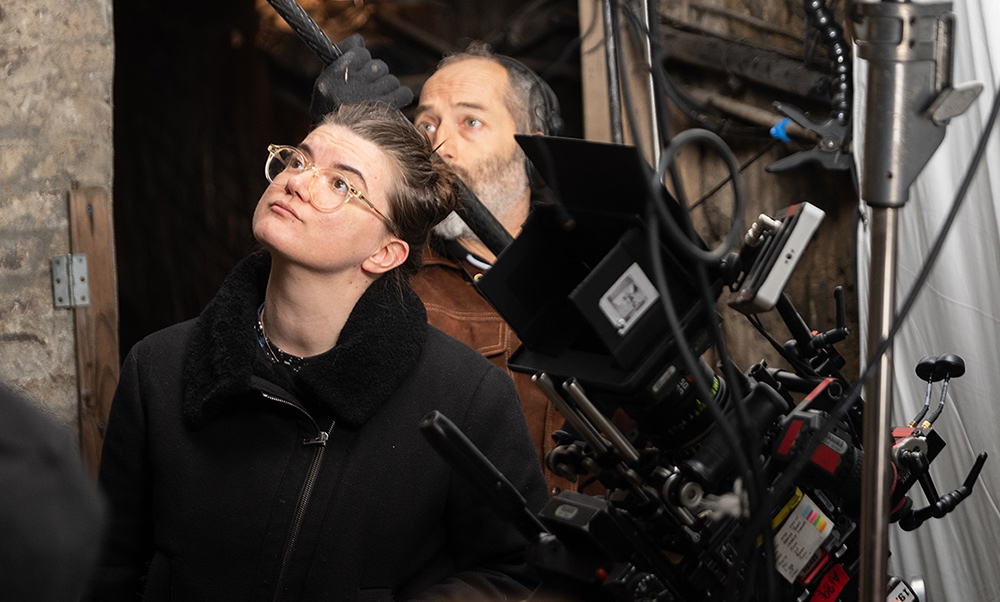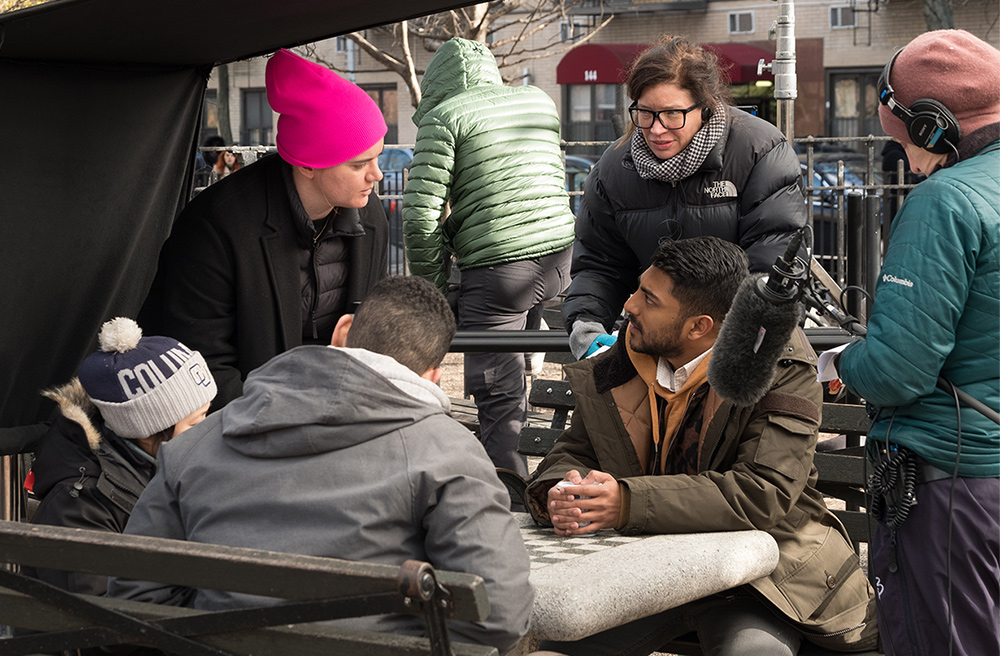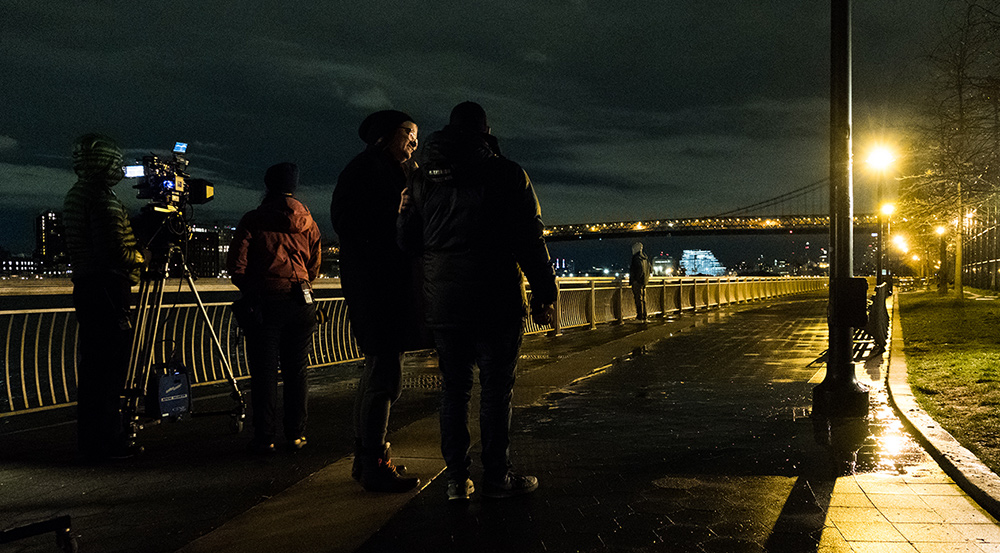In a recent article for Filmmaker Magazine, Chris discusses the camera and lens choices he made for the project, and how the camera tests he performed at AbelCine ultimately worked out in the production.
Netflix requires 4K for its acquisition and deliverables, and many of their shows are shot on ARRI ALEXAs. After testing different cameras, Chris opted for the RED HELIUM. He told Filmmaker what he thought of shooting in 8K:
For Russian Doll I tested the Dragon and also the Helium sensor, which is 8K. I was initially thinking, “I don’t know why we need all this extra resolution. We have to deliver in 4K, why don’t we just shoot 4K?” But then when I looked at our tests, I was won over by the Helium. It’s better to shoot at a higher resolution than you need because the texture is much better. Also when you start goosing up the ISO—we shot Russian Doll mainly at 1600—you start adding noise and at that high resolution it has a nice quality to it, a nice texture that’s like a finer grain. It takes the edge off the digitalness of it.

Initially, Chris was going to use the DRAGON sensor, but his colorist convinced him to go with the HELIUM instead.
I was planning on shooting with a Dragon sensor, but a few weeks before [principal photography began on Russian Doll] my colorist Nat Jencks said, “You should really test the Helium with this new color science they have, the IPP2 color pipeline.” I’m so glad we did because I was really happy with the results. I thought the skin tones looked better and I really liked the way the color looked. Luckily we were able to change out our bodies like a week before shooting from Dragons to Heliums.

AbelCine had the lens selection Chris needed to create the right feel for different scenes, including a set of Leica Summilux lenses.
I shot almost everything on vintage lenses before Russian Doll. They didn’t feel appropriate for this except for the flashback sequences in episode seven, which we shot on Super Baltars. This felt like a modern, contemporary, hyper-real landscape and I loved the idea of having super fast lenses that I could shoot wide open all the time. The concept in my head, which is maybe too literal, was that Nadia was out of step with her world, and if we used fast lenses with very shallow depth of field she’d always feel like she was popping out of her background. I really fell in love with how those lenses look. The wide lenses [have minimal distortion], so we could do some things on super wide lenses. I shot a couple of scenes on a 16mm lens and I never would’ve done something like that before. I love a wide lens where you have that incredible open field of view, but you’re not so distracted by the way it’s warping the space. The Leicas are fantastic lenses. They’re also small and light, so we could keep the camera’s [footprint] smaller. That was a plus when shooting in tiny New York locations.

Read the full article on filmmakermagazine.com to learn all about Chris Teague's experience shooting Russian Doll. (All photos courtesy of Netflix.)















AbelCine encourages comments on our blog posts, as long as they are relevant and respectful in tone. To further professional dialog, we strongly encourage the use of real names. We reserve the right to remove any comments that violate our comment policy.
AbelCine publishes this blog as a free educational resource, and anyone may read the discussions posted here. However, if you want to join the conversation, please log in or register on our site.
We use Disqus to manage comments on this blog. If you already have a Disqus account registered under the same email as your AbelCine account, you will automatically be logged in when you sign in to our site. If not, please create a free account with Disqus using the same email as your AbelCine account.